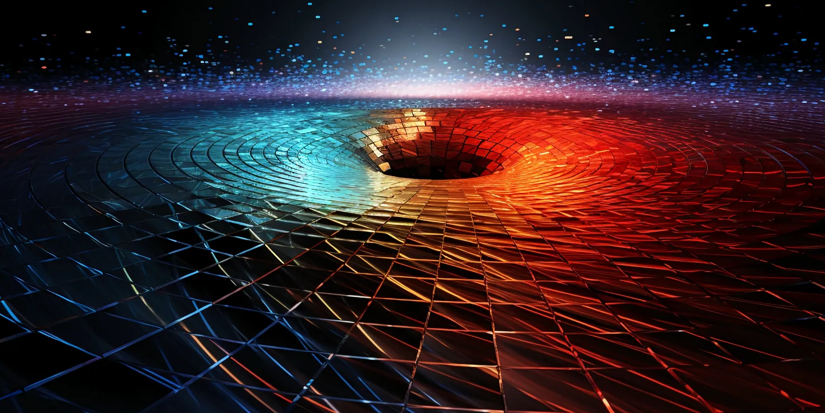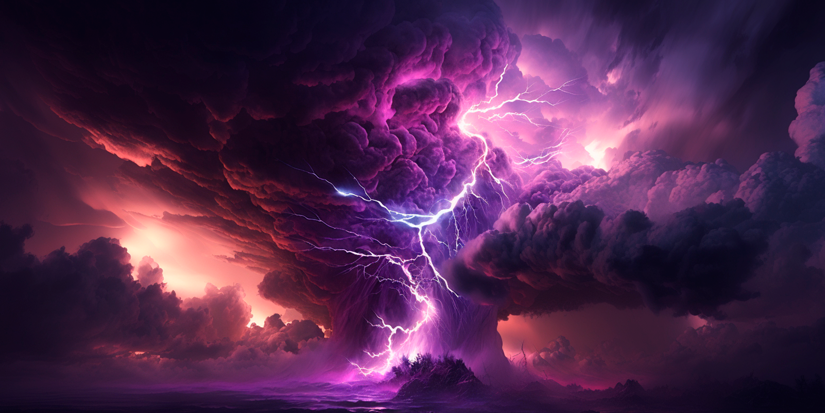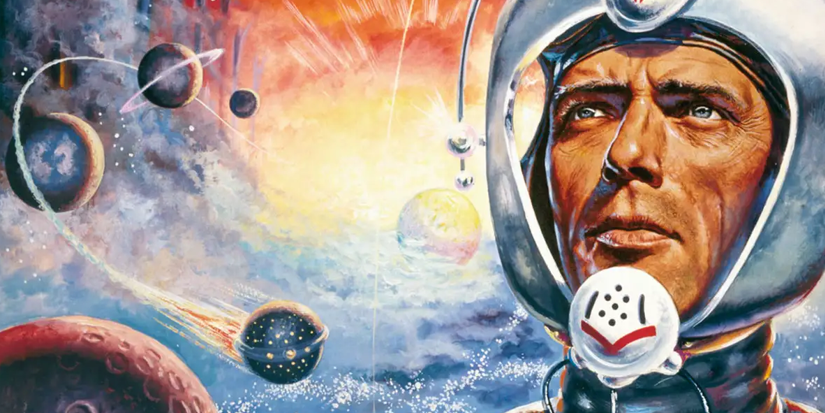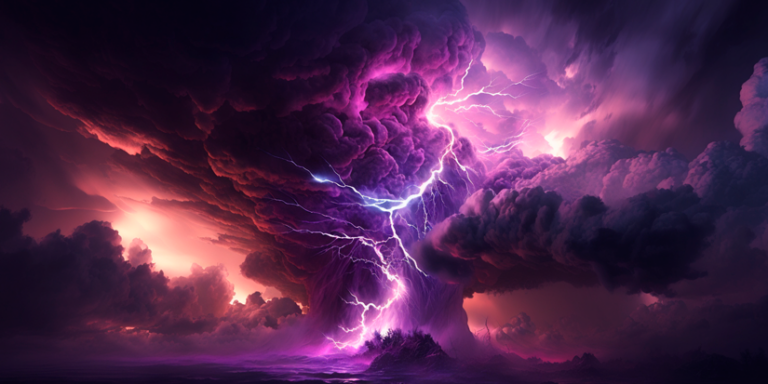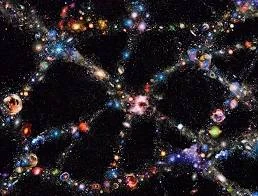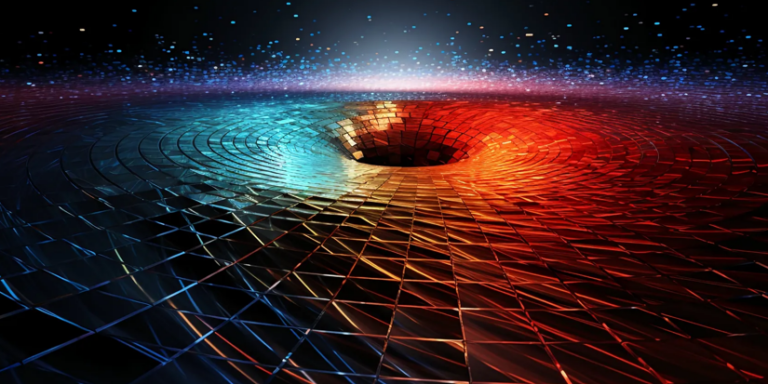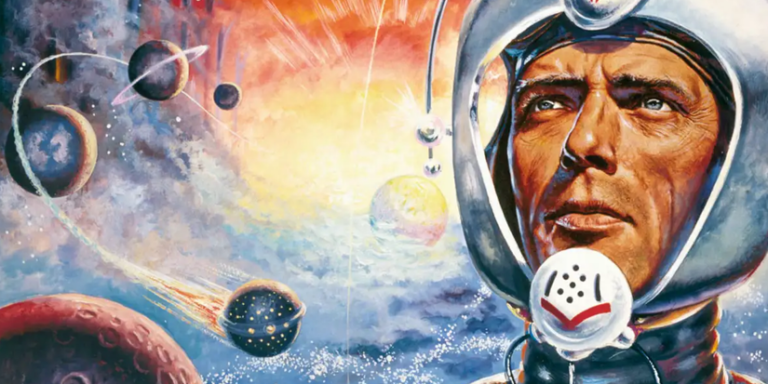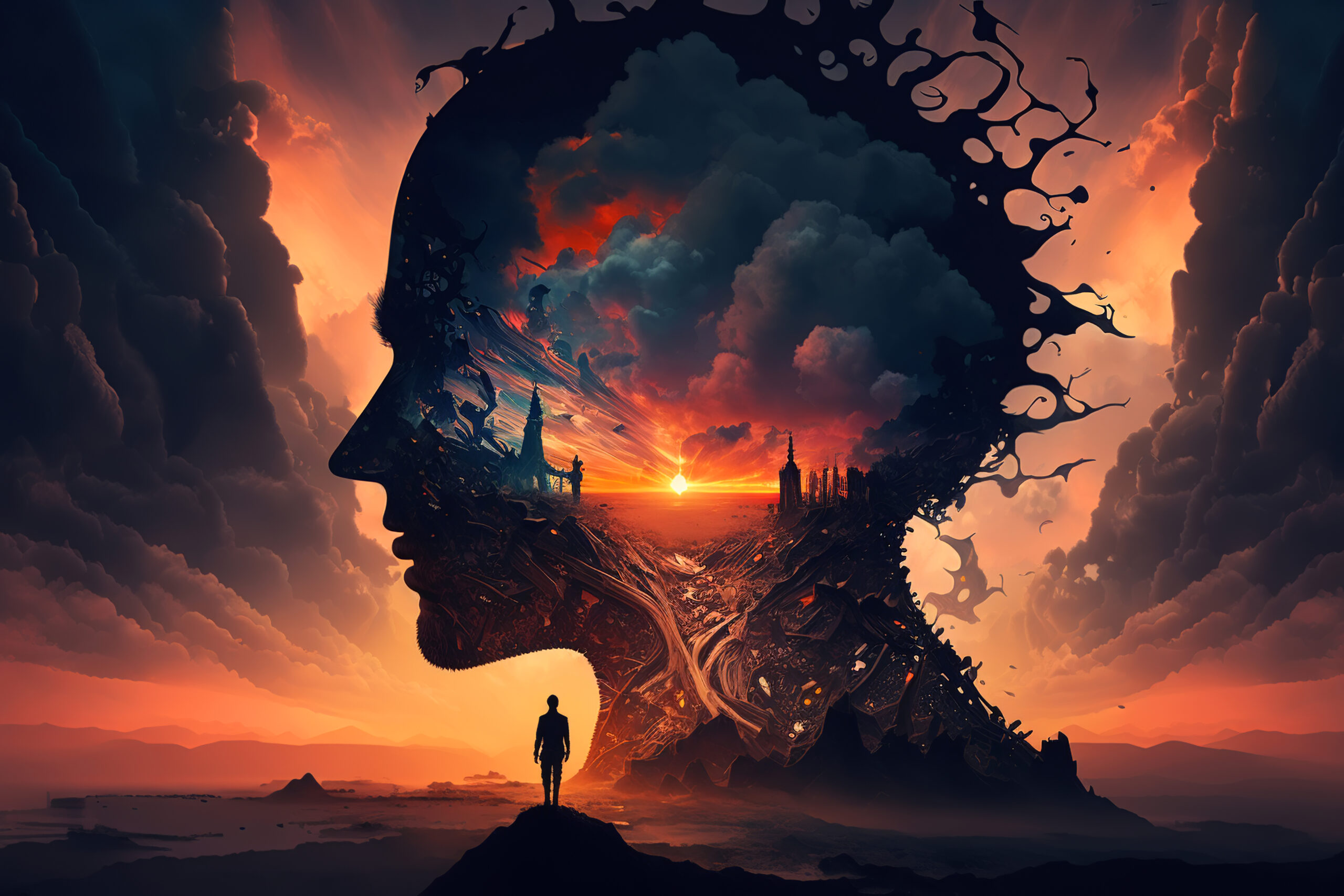
When we think, our brain makes billions of connections per second by sending and receiving electrical and chemical signals. However, when we did deeper into the state of consciousness, its an intricate callaboration of self awareness and perception that is as mysterious as it is beautiful. Exploring the five levels of Consciousness has fascinated philosophers, scientists, and mystics for centuries.
The Five Levels Or Consciousness
From ancient spiritual traditions to modern neuroscience, the exploration of consciousness reveals a spectrum of states and levels, each contributing to our understanding of the mind and its mysteries. In this article, we will delve into the different levels of consciousness, from basic awareness to transcendent states.
1. Basic Consciousness: The Foundation of Awareness
At its most fundamental level, consciousness refers to the awareness of the external environment and internal states. This basic level is shared by humans and many animals and includes:
- Wakeful Awareness: The state of being alert and responsive to stimuli, such as sights, sounds, and sensations.
- Sensory Awareness: The ability to process sensory inputs, enabling interaction with the world.
- Reflexive Responses: Automatic reactions to stimuli that do not require deep cognitive processing.
This foundational level is essential for survival, guiding behaviors like eating, avoiding danger, and seeking shelter.
2. Subconscious: The Unseen Influences
Beneath the surface of our conscious awareness lies the subconscious, a reservoir of thoughts, memories, and emotions that influence behavior without our direct knowledge. Key characteristics of the subconscious include:
- Habitual Behaviors: Patterns learned through repetition, such as walking or typing, that operate automatically.
- Emotional Triggers: Responses shaped by past experiences, often without conscious recognition.
- Dream States: The realm of subconscious imagery and symbolism that surfaces during sleep.
The subconscious serves as a bridge between conscious thought and the deeper realms of the mind, shaping our perceptions and actions in subtle yet profound ways.
3. Self-Awareness: Recognizing the Self
Self-awareness represents a higher level of consciousness, characterized by the ability to reflect on one’s own thoughts, feelings, and existence. This level enables:
- Introspection: The examination of one’s beliefs, emotions, and motivations.
- Moral Reasoning: The capacity to evaluate actions based on ethical principles.
- Identity Formation: The development of a sense of self and individuality.
Humans, along with a few other species like dolphins and great apes, exhibit self-awareness, as demonstrated by behaviors such as recognizing oneself in a mirror.
4. Collective Consciousness: Shared Awareness
The concept of collective consciousness, introduced by sociologist Émile Durkheim, refers to the shared beliefs, values, and knowledge that unify a group or society. This level manifests through:
- Cultural Norms: Common practices and traditions that define a community.
- Social Movements: Collective efforts to bring about societal change.
- Empathy and Connection: The ability to understand and resonate with others’ experiences.
Through collective consciousness, individuals contribute to and are shaped by the larger societal framework.
5. Transcendental Consciousness: Beyond the Ordinary
At the highest levels, consciousness transcends individual awareness and delves into experiences of unity, spiritual awakening, and universal connection. This includes:
- Meditative States: Deep focus and tranquility achieved through practices like mindfulness or yoga.
- Mystical Experiences: Moments of profound insight, often described as feeling “one with the universe.”
- Cosmic Consciousness: A heightened state of awareness that perceives the interconnectedness of all things.
These states are often pursued through spiritual practices and have been reported across cultures and traditions, offering glimpses into the profound potential of the human mind.
The Dynamic Spectrum of Consciousness
Consciousness is not a static construct but a dynamic spectrum, ranging from basic awareness to extraordinary states of perception. Understanding its levels can deepen our appreciation of the mind’s complexity and potential. As science and spirituality continue to converge, our understanding of consciousness may unlock new dimensions of human experience, revealing the full richness of what it means to be aware.
By exploring these layers, we not only learn more about ourselves but also the broader fabric of existence that binds us all.
